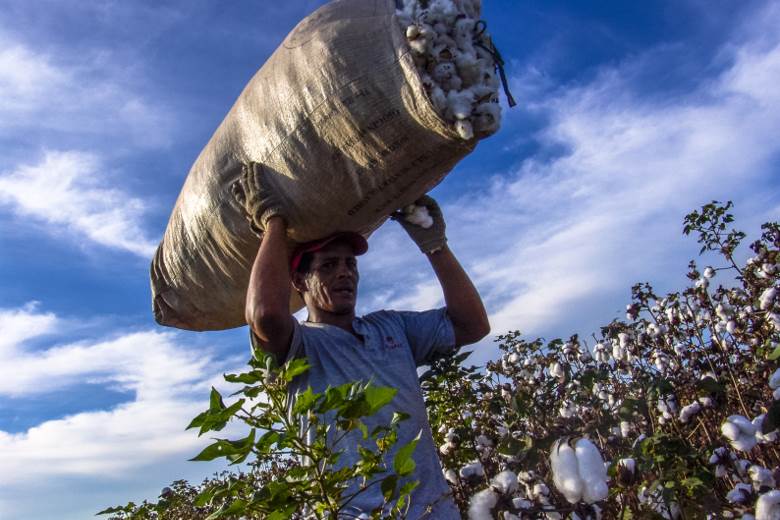Pesticide use on the rise in big cotton-producing countries – C&A
19/10/2017

Findings suggest that total pesticide use in cotton has fallen since the 1980s, but progress is not uniform: some countries have achieved and sustained significant reductions in pesticide use, while others have seen it rise.
Countries that have been most successful at cutting pesticide use have been those who have embraced Integrated Pest Management.
Keith Tyrell, director of Pesticide Action Network UK, said: “The good news is that pesticide use has declined since the record highs of the 1980s, but cotton is still one of the heaviest users of pesticides is the world and, worryingly, use is on the rise again in many of the big cotton-producing countries. Much more remains to be done.”
Cotton is the fourth largest consumer of agricultural chemicals. “Excessive use of pesticides, especially by smallholder farmers in underregulated countries, can have huge impacts on human health and the environment,” said Anita Chester, head of sustainable raw materials at C&A Foundation.
“Pesticide poisoning of farm workers, contamination of rivers and ground water, reuse of empty toxic containers, and loss of biodiversity are all very real effects of chemical use. We also have good reason to believe that the extent of the problem is significantly under-reported, and that the use of banned pesticides continues in many developing countries. It is indeed regretful that we continue to take cover under the pretext of outdated studies and lack of data.”
The report’s findings include:
• Sustainability standards such as the Better Cotton Initiative, Cotton made in Africa, Fairtrade and Organic has dramatically increased. These standards now reach over 1.7 million farmers and cover 3.7 million hectares.
• The introduction of Bt cotton – cotton genetically modified to be toxic to certain cotton pests – in the early part of the century was followed by a dip in insecticide use, but this reduction has not been sustained in many of the countries examined.
• This renewed increase in insecticide use has been driven by a surge in “secondary” pests like aphids, thrips and jassids. These pests, which had previously caused relatively low levels of damage, have now become a serious threat to cotton productivity.
• Australia is notable for its success in delivering and maintaining dramatic reductions in insecticide use. However, despite insecticide use declining by 89% over the past two decades, herbicide use has not dropped. Australian farmers regularly deliver the highest cotton yields in the world.
• Case studies presented in this report clearly show that poor practices continue to exist in cotton production. Personal protective equipment is not widely used and, in some instances, children apply pesticides.
C&A is the largest user of organic cotton among apparel companies.
Read the report on the Pesticide Action Network's website.








